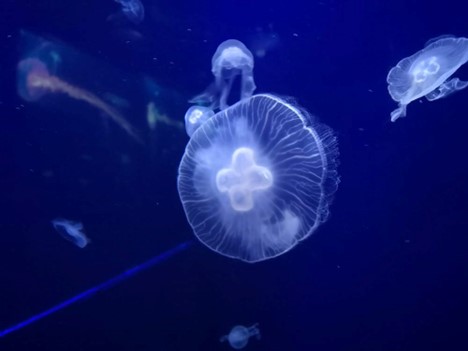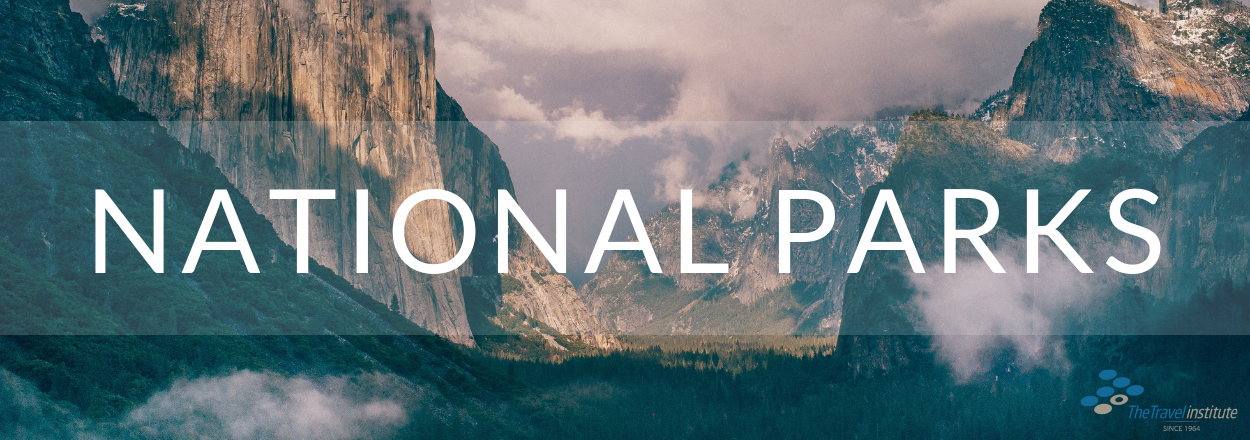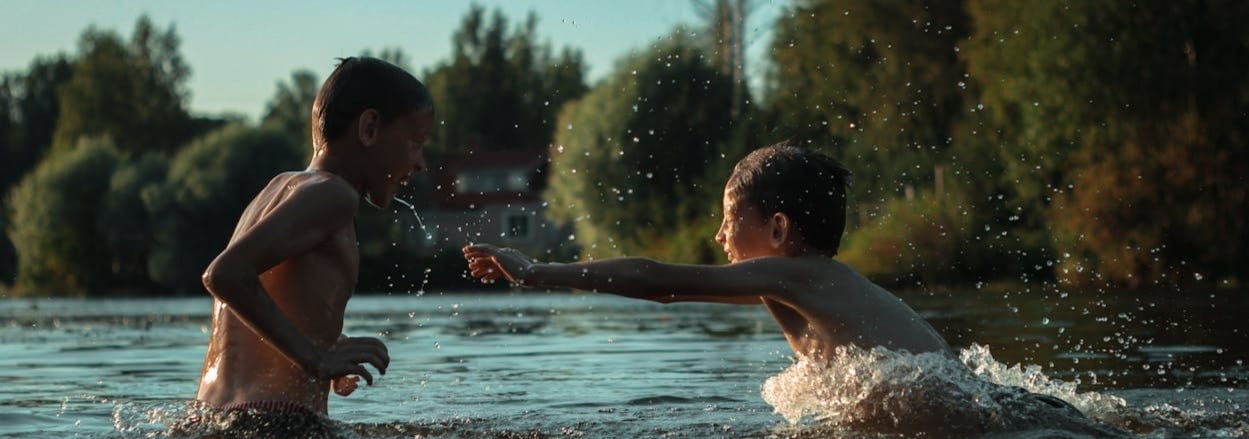Most people associate scuba diving with far-off tropical destinations, but travelers can take the plunge and discover extraordinary underwater worlds right here in the United States. From the kelp forests of California to icy Alaskan waters and even an abandoned mine, this article highlights eight captivating diving sites across the country for all divers, whether novice or experienced.
Oahu, Hawaii
Though many regard all of Hawaii as a top tropical destination, the island of Oahu offers particularly great diving opportunities. The water remains near a comfortable 78 degrees year-round, and visibility is high thanks to clear waters.
Oahu is sometimes called the “wreck capital of Hawaii,” as upward of 10 ships and submarines rest on the ocean floor waiting to be explored. Divers are likely to spot corals, Hawaiian sting rays and white-tipped reef sharks.
Aside from wreck diving, Oahu’s waters are also home to many reefs. Turtle Canyon is a particularly popular dive spot, as divers are sure to come across a few sea turtles resting on reef ledges. Though it can only be reached by boat, Turtle Canyon rests at easy depths of 15 to 50 feet, making it accessible to divers of all levels.
Channel Islands National Park, California
Hailed as “the Galapagos of North America,” these five Southern Californian islands are the ideal diving location for the critter curious. The cold Californian current from the North and the Davidson countercurrent from the South make for a stunning display of biodiversity — well worth the hour-long ferry ride from the mainland.
Divers can lurk within the canopy kelp forests, which extend nearly 175 feet underwater and host over 800 species of marine life. In more open waters, divers have reported swimming with countless creatures, including octopi, great white sharks and even blue whales.
Ocean temperatures range from 50 to 70 degrees Fahrenheit throughout the year. The best time to dive is late summer or early fall when the water is warmest.
Bonne Terre, Missouri
Perhaps the most unique site on this list is Missouri’s Bonne Terre Mine, a now-defunct lead mine that dates back to the 1860s. After it was abandoned in 1962, pipes that kept water at bay were turned off, flooding the bottom three stories of the five-story mine with fresh water and creating an underground “billion gallon lake” — the largest subterranean lake in the world.
Now, Bonne Terre is a bucket-list destination for divers. The mine’s 20 diving trails are lit by stadium lighting and guide divers through mine shafts and submerged offices. Though the mine contains no fish, it is rife with antique mining equipment. Dives average a depth of 40 to 60 feet, so Bonne Terre is accessible to all open water divers. It also features walking tours for non-divers.
Key Largo, Florida
Key Largo beckons scuba divers from around the world with its underwater wonders. Situated a short drive from Miami in the upper Florida Keys, this tropical destination boasts dives at a variety of levels that are sure to captivate any diving enthusiast.
Many travelers visit Key Largo to dive along Molasses Reef, a large and colorful reef with a sunken anchor at its center. Advanced or novice, all divers and snorkelers can appreciate the reef’s beauty, as its depth ranges from six to 60 feet.
Also popular are the USS Spiegel Grove, one of the world’s largest artificial reefs that rests at a depth of 100 feet, and shallower dives with nurse sharks and eels. Divers and snorkelers can also check out the nine-foot-tall Christ of the Abyss Statue, a replica of the original that lies in the Mediterranean, at an accessible depth of 25 feet.
DeTour Passage Underwater Preserve, Drummond Island, Michigan
Though the vast Great Lakes are estimated to have sunk thousands of ships, one small stretch of water in Lake Huron holds 16 of those: DeTour Passage Underwater Preserve. The narrow waterway lies between Drummond Island and the Eastern tip of Michigan’s Peninsula, forming a natural “choke point” for boats passing through it. As such, DeTour Passage is a freshwater diving hotspot, especially for those interested in wreck exploration.
The ships rest at various shore-accessible depths, ranging from surface-level to as much as 85 feet. Most, however, are between 15 and 25 feet below the surface—shallow enough to be widely accessible, but deep enough to require a cold water wetsuit. Travelers should be cautioned to have an inclement weather plan, as conditions can change quickly around the Great Lakes.
Monterey Bay National Marine Sanctuary, Monterey Bay, California
Monterey Bay National Marine Sanctuary is a premier diving destination, offering a variety of excursions in one of the nation’s largest protected marine areas. Many of its dive sites require reservations and limit the number of divers to 30 per day, so divers can explore the underwater world without feeling crowded.
Given its size, the sanctuary is home to many iconic diving sites. Divers of all levels can explore the Breakwater, a shore-accessible site popular for its plethora of ocean creatures; its depth ranges from 10 to 60 feet. Divers can also check out the Pinnacles in Carmel Bay. Along the site’s rocky geographic formations, divers have reported seeing giant Pacific octopi, bottlenose dolphins and sea lions.
Baranof Island, Alaska
Rich rewards await divers in Baranof Island’s 50-degree waters. The island offers some of the world’s best jellyfish diving just a short ferry ride from Alaska’s mainland.
Massive colonies of moon jellyfish float in an offshore canyon called Smudges. Moon jellies are harmless to humans, so they make excellent diving buddies. Their presence varies by season, so divers should visit during the summer for best jelly-spotting chances. Smudges is 80 feet at its deepest, so the site is suitable for many open water divers.

Puget Sound, Washington
In the top reaches of the American Pacific Northwest lies the Puget Sound, a 100-mile-long inlet that offers some of the country’s best cold water diving. Located a mere hour away from Seattle, the sound has 75 shore-accessible dive spots. The water remains cold year-round — usually between 45- and 55-degrees Fahrenheit — so travelers ought to bring a drysuit or 7mm wetsuit, or rent one from a local diving shop.
All sorts of fabled sea creatures live in the Puget Sound. Divers might encounter orca whales, wolf eels and sea lions. Visibility is best in the fall and winter months when algal blooms are dormant.






comments